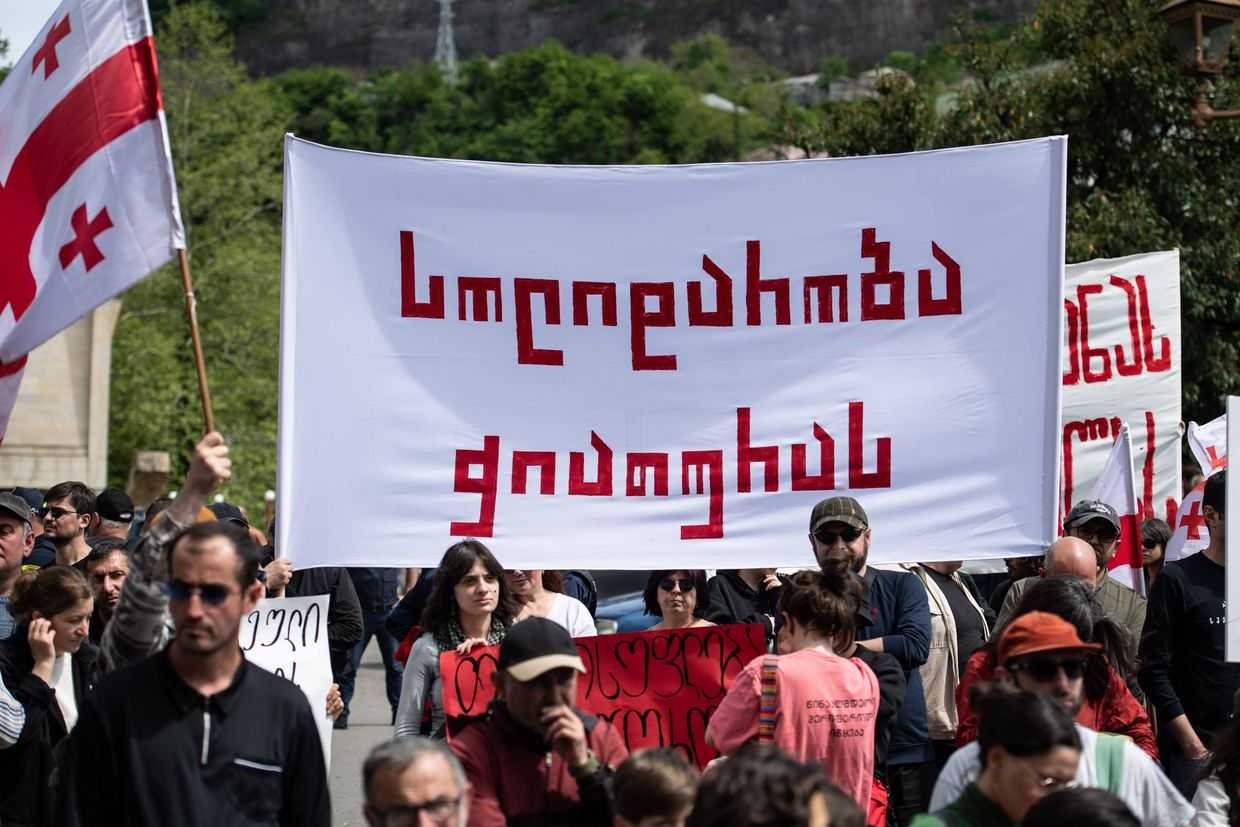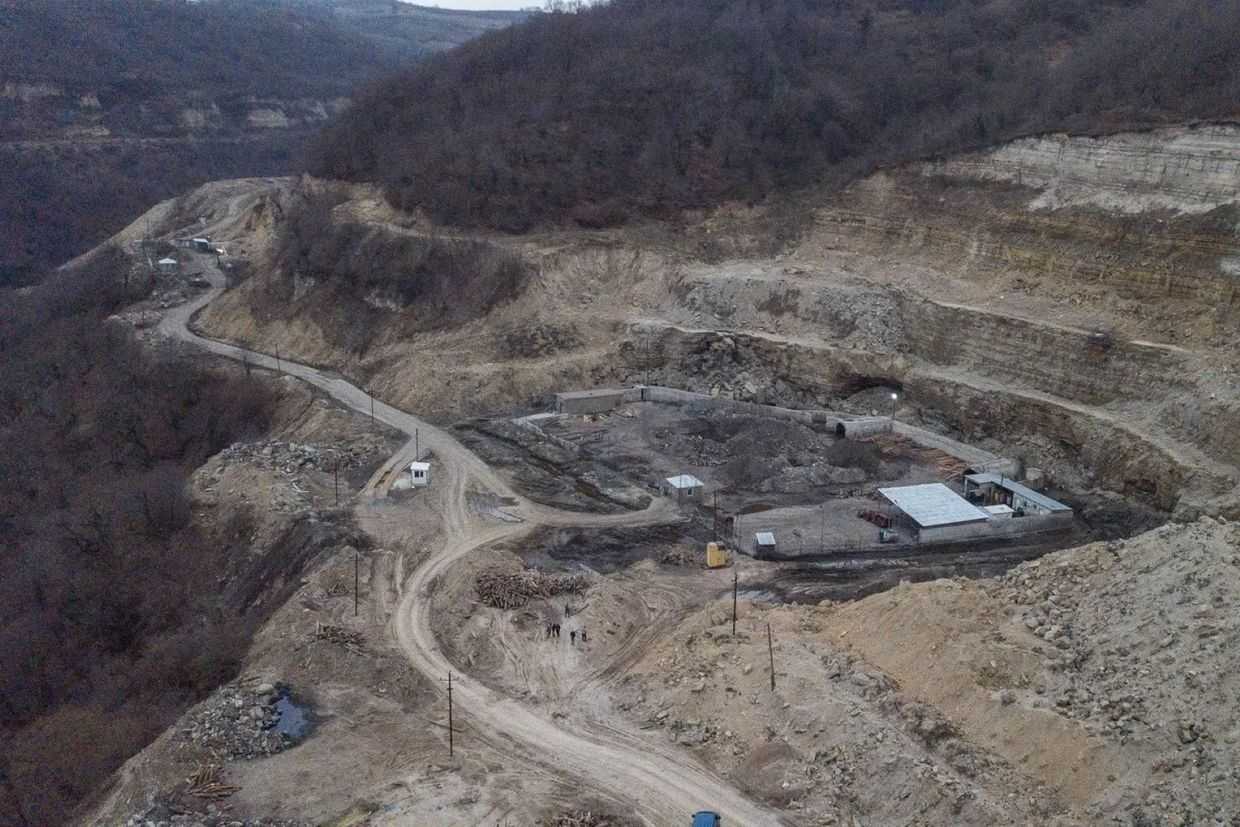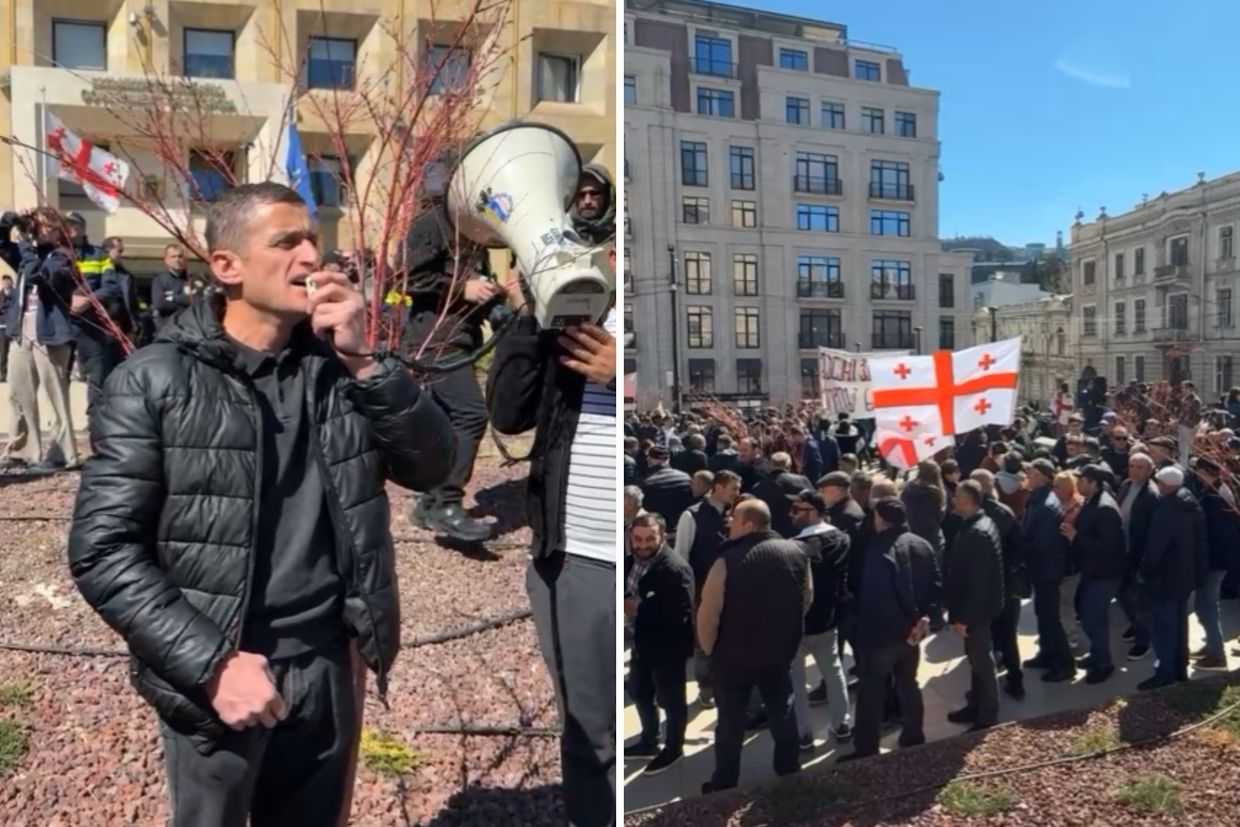
‘Police are laughing at us’ — Chiatura miners on hunger strike to secure their colleagues’ release
The detention of four miners dramatically changed the direction of the Chiatura protest.

Mines built during the Soviet-era have left a lasting impact on the central Georgian town of Chiatura. In recent years, the mines have faced frequent labour strikes, and protests over the collapse of the nearby villages of Shukruti and Itkhvisi.

The detention of four miners dramatically changed the direction of the Chiatura protest.

The miners stopped their hunger strike after being informed that doing so would help the release of their detained coworkers.

The day before, five miners from Chiatura stated they had begun a hunger strike to draw the attention of the authorities.

Miners claim that the company is speaking in the language of ‘ultimatums’ and announcing ‘repressions’.

They demand that a government representative meet with the miners and listen to their problems directly.

The miners are calling on the government to step in to resume manganese mining in the central Georgian town of Chiatura.

Since 28 February, thousands of miners have been holding protests demanding that the state protect the rights of Georgian Manganese employees.